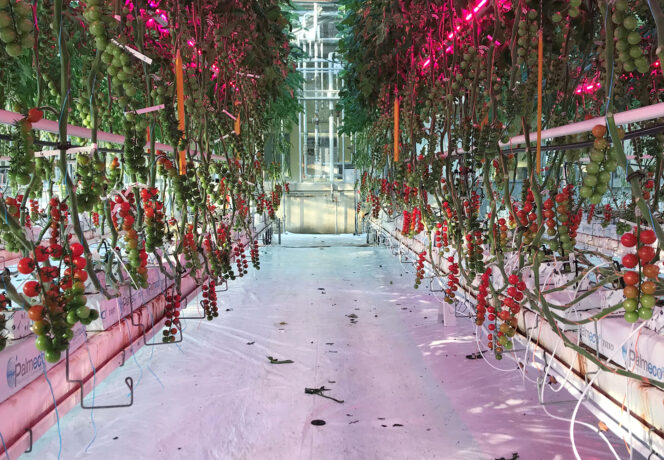Bread Wheat Varieties in Organic Farming
Photo: Raphaël Charles,
FiBL
FiBL and Agroscope investigated bread wheat varieties to determine their yield and quality stability. The results show that the choice of variety must be adapted to the site and that high yield potential does not go hand-in-hand with a high protein content.
In low-fertility or extensive conditions such as are found in organic farming, nitrogen (N) limitation can lead to a decrease in grain protein content. Breeding strategies must therefore be developed to guarantee the protein content of over 12% that meets commercial requirements.
Although wheat breeding has created new, higher-performing varieties that use soil N more efficiently, the performance of some varieties varies according to site and is strongly limited in low-fertility conditions. Only a systematic analysis of the variability of wheat performances in different pedoclimatic conditions will enable a description of the agronomic properties of the varieties under less favorable conditions.
Stability of a wheat variety reveals its strengths and limitations
This study was conducted on four farms in French-speaking Switzerland with differing soil and climatic conditions. Five varieties of winter wheat recommended for organic farming were tested: Aszita, Titlis, Wiwa, Molinera and Pizza.
Aszita was the most consistent variety, with low but relatively uniform yields at the different sites. By contrast, Molinera was the least stable variety, with a significant increase in yield on sites with high yield potential. It was therefore the most suitable variety for soils with a high N content.
The protein content achieved at specific sites depended mainly on wheat variety and less on the soil and climatic conditions of the site. Molinera generally exhibited a higher protein content and a markedly higher stability than all other varieties, making it a guarantee of quality at all sites. Pizza, on the other hand, required soils well supplied with nutrients in order to maximise its protein content in the grain, and struggled to maintain this quality at high yields.
Additional varietal study on extensive sites needed
These results also demonstrate the importance of experimental sites with low fertility conditions. Current varietal studies only include trials with significant yield differences, generally on plots well supplied with nitrogen and usually producing high yields. This approach leads to the exclusion of varieties that would be worthwhile for organic farmers, or which would be particularly suitable for extensive, low-input sites as well as varieties prized for e.g. their agronomic or nutritional properties or their suitability for artisanal bread-making.
Conclusions
- The performance of bread-wheat varieties varies according to the potential of the growing site. The systematic comparison of their yield- and quality stability allows us to make variety recommendations for site-adapted production and hence for a more efficient use of resources.
- Despite its low yields on low-potential sites, the variety Molinera adapts perfectly to all soil types and exhibits a highly consistent protein content.
- A variety such as Aszita lends itself well to extensive growing conditions, where it can showcase other agronomic or nutritional characteristics.
- In the network of trials conducted on plots in French-speaking Switzerland, an optimum protein content was observed for sites with average yields (40-55 dt/ha).
- An additional varietal study that also included marginal and extensive (low-input) sites could contribute to the recognition of varieties with special characteristics for organic farming.
Scientific article
Bread Wheat Varieties in Organic Farming



